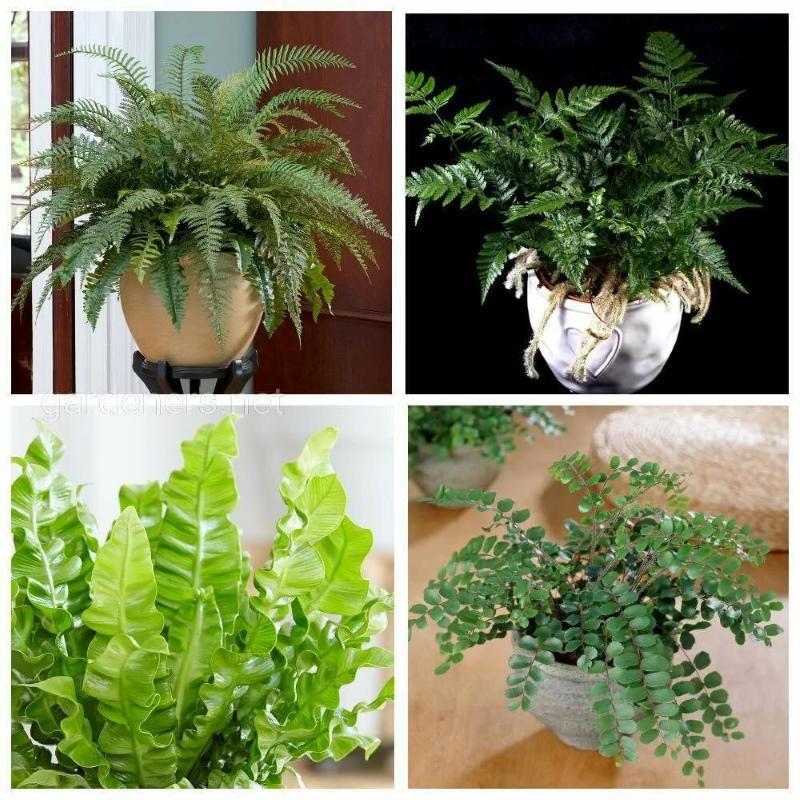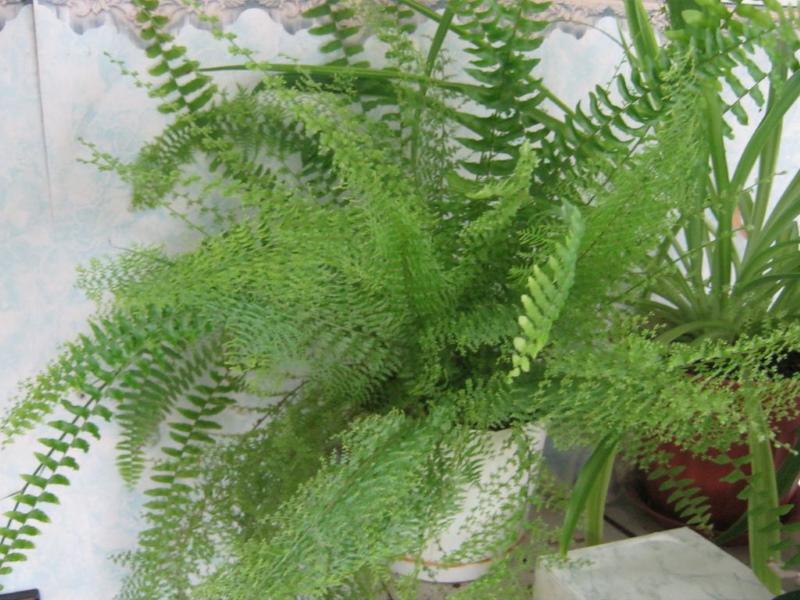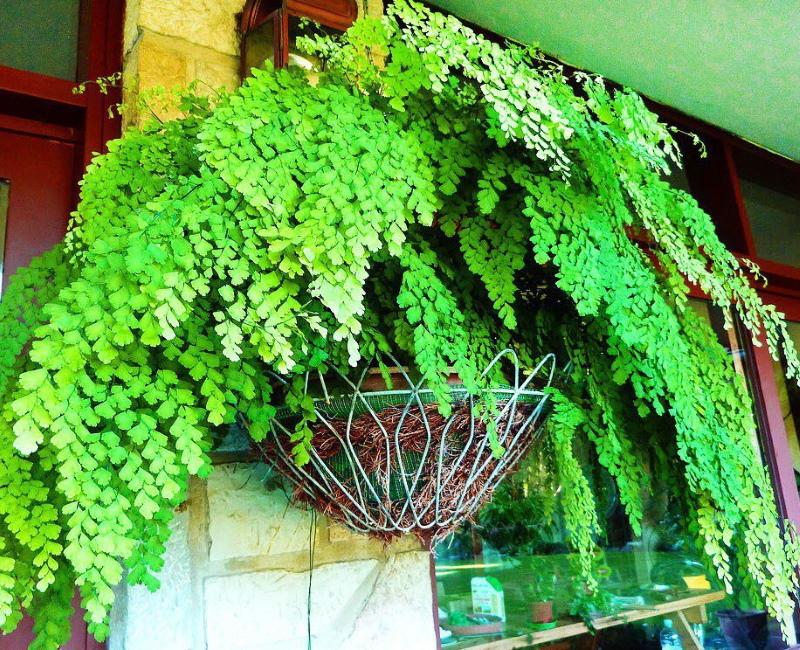Indoor ferns - types and names of the most popular plants
 Their gorgeous leaves have a wide variety of shapes and shrubs look like real wild plants, turning the room into a tropical oasis. And although most of them grow in their natural environment, there are indoor ferns, the types and names of which are also very diverse. Among them there are varieties with feathery, long and large leaves, as well as many delicate species with small bright leaves. Some, due to their impressive size, are better placed on a pedestal or on the floor. But there are many compact plants, including those for growing in hanging pots. Despite the rich species diversity, almost all ferns have the same requirements for keeping and care conditions. What are they and what types are there?
Their gorgeous leaves have a wide variety of shapes and shrubs look like real wild plants, turning the room into a tropical oasis. And although most of them grow in their natural environment, there are indoor ferns, the types and names of which are also very diverse. Among them there are varieties with feathery, long and large leaves, as well as many delicate species with small bright leaves. Some, due to their impressive size, are better placed on a pedestal or on the floor. But there are many compact plants, including those for growing in hanging pots. Despite the rich species diversity, almost all ferns have the same requirements for keeping and care conditions. What are they and what types are there?
Features of growing ferns at home

Increased requirements for plants not only for watering, but also for air humidity. Therefore, the bushes should be sprayed frequently, especially in summer.
Indoor ferns - types and names
The species diversity of plants is simply amazing, and it is sometimes difficult to make a choice. There are not only species, but many varieties of indoor ferns.
Most often, the following ferns are grown in pots:
- Maidenhair Venus hair. Twigs up to 30 cm long, small leaves, in the form of wedges, dissected at the tips into segments.

- Asplenium. Its leaves are solid, long and erect. The leaf plate is, as it were, assembled into an accordion.

- Blehnum. One of the largest species with leaves up to 1 m long. Adult ferns even form a trunk and become palm-like.

- Davallia. A feature of the species is not at all long petioles, on the tops of which small feathery leaves flaunt. The roots hanging from the pot, covered with shaggy "wool", give a special decorative effect to the bush. For this, dawallia is called rabbit paws.

- Platizerium. Its large leaves are similar to deer's antlers due to the division into thin segments.

- Nephrolepis... The most popular indoor fern with dense long foliage.

- Pelley. The original fern, which does not like moisture, but prefers dry air. It has long, curved fronds with small, dark green leaves.

- Cretan pteris. Another unusual species with leaves divided into narrow segments. Variegated varieties look especially beautiful.
